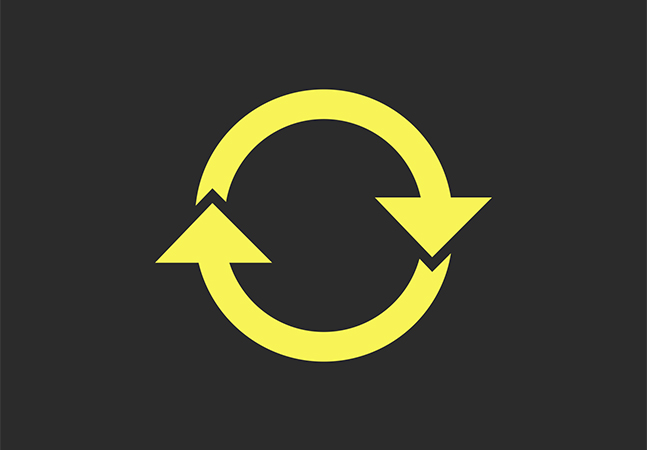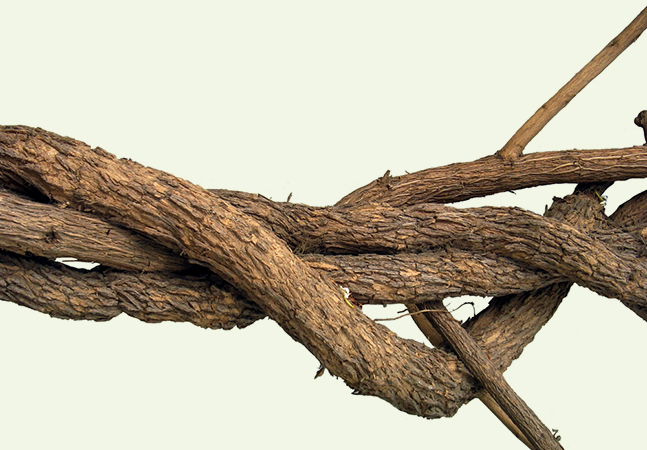
Our Agile Architect discusses strategies for working with a product owner that can't hold to a decision long enough to see it realized.

The evolution of DevOps continues apace, and the sixth annual "State of DevOps Report," published today, suggests the next phase of that evolution will be driven by what the report's authors call "transformational leadership."

Company releases Bitbucket Server 5.0, Bitbucket Data Center 5.0 and Bamboo 6.0.

It is difficult to solve a problem if the problem itself cannot be stated clearly. How does one "create a compelling user experience that will double our sales" or "build me something really cool"? Our Agile Architect discusses why the first problem an agile team must often solve is to define the problem itself.

"It's a total misconception that it has to be either Scrum or DevOps," Scrum.org CEO tells John. "And there's a tension between the two that is wholly misplaced."

After tearing down code branching strategies in a previous column, our Agile Architect demonstrates a different way to support parallel software development that fosters greater agility and speeds development.

One finding: Companies implementing DevOps are often "sharing tools, but not knowledge."

It's another step in the company's goal of driving DevOps earlier in the development process.

Our Agile Architect shares a success story of extreme agile taken not just to the edge but over it.

Enterprises seeking competitive differentiation battle ongoing organizational and technical challenges.

We have the best software development tools in history. Why are our developers so afraid to refactor? Our Agile Architect explores how powerful code management tools can lead to powerful problems that inhibit agility -- and what you can do about them.

Creative Intellect Analyst Clive Howard says that if IoT is to move beyond the hype and to deliver the significant benefits that are possible, then we need to move beyond talking about IoT platforms.

This is the completely true and not at all exaggerated story of how I, the Agile Architect, saved the Earth from complete and utter destruction. I'm sure there's an agile lesson in there somewhere.

Box released a group of updates including a new visual API navigator, a new developer console, and new interactive and crowd-sourced documentation.

A presenter at the upcoming RSA security conference explains how security must be continuous and automated to be successful in DevOps.

Agile software development can be stressful. Recognize it, admit to it, deal with it, fix it.

Firm steps up its DevOps-on-the-mainframe campaign with new COBOL testing tool and batch automation acquisition.

According to the self-described "Code Curmudgeon," leveraging the advantages of DevOps will require organizations to shift from test automation to continuous testing -- which are very different things.

In which we assess the state of DevOps one survey at a time.

Agile proponents promote self-organization. But what does this really look like? It turns out that achieving real self-organization takes...organization.